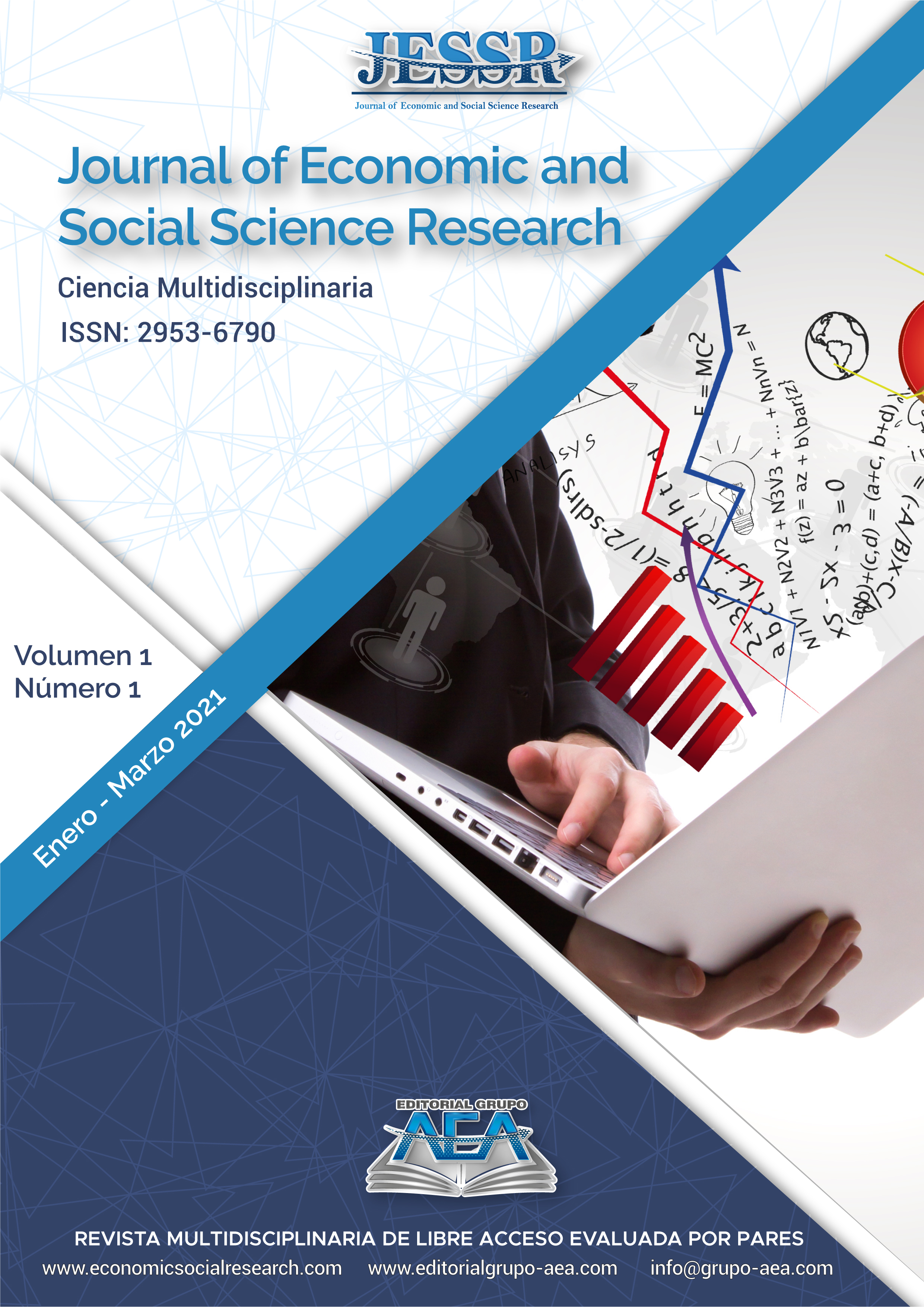The ethics of automotive environmental pollution control in Ecuador
Main Article Content
Abstract
In a global aspect, there is evidence of an increase in environmental pollution, one of the most notable causes being: vehicles. These being one of the most common means of transport for being effective for mobility, in turn, generate negative effects on the environment through the release of different amounts of carbon dioxide and the use of petroleum derivatives for its operation. The objective of this research is to determine the ethics in the pollution control of the automotive fleet in Ecuador. Applying a qualitative methodology through the bibliographic review of different sources. The main result is that vehicular pollution is getting worse and worse to the point of endangering the environment and in turn the human being. Pollution regulators should put more emphasis on complying with the provisions, rules or regulations that are in force in Ecuador. In conclusion, pollution on the automotive industry is one of the biggest problems worldwide due to the different factors involved in the creation and use of a vehicle, however, it is a necessary evil in the daily life of the human being that can be replaced. for other less harmful alternatives. Environmental ethics emphasizes the care of the environment because apart from the human being there are other living beings inhabiting the planet earth.
Downloads
Article Details
Section

This work is licensed under a Creative Commons Attribution-NonCommercial 4.0 International License.
How to Cite
References
Cedeño, E., Rocha, J., Zurita, D., & Milla, J. (2018). Evaluación de emisiones de gases en un vehículo liviano a gasolina en condiciones de altura. Caso de estudio Quito, Ecuador. Enfoque UTE, 9(2), 149-158. doi:10.29019/enfoqueute.v9n2.201
Constitución de la República del Ecuador. (2008). Constitución de la República del Ecuador. Quito: Registro Oficial 449 .
El Comercio. (1 de Noviembre de 2019). El comercio. Obtenido de El comercio: https://www.elcomercio.com/actualidad/negocios/parque-automotor-ecuador-crecimiento-decada.html.
Instituto Ecuatoriano de Normalización. (2002). Instituto Ecuatoriano de Normalización. Quito: NTE INEN 2 207:2002.
Ley Derogatoria al Impuesto Ambiental a la Contaminación Vehicular. (2019). Ley Derogatoria al Impuesto Ambiental a la Contaminación Vehicular. Quito: Registro Oficial Suplemento 19.
Ley de Gestión Ambiental. (2004). LEY DE GESTION AMBIENTAL, CODIFICACION. Quito: Registro Oficial Suplemento 418.
Martínez, J. (2018). Movilidad motorizada, impacto ambiental, alternativas y perspectivas futuras: consideraciones para el Área Metropolitana del Valle de Aburrá. Rev. Salud pública, 20(1). doi:10.15446/rsap.V20n1.57038
Medonza, M. (2014). Valoración de contaminantes del aire generada por fuentes móviles para la gestión de la calidad del aire en el cercado de Tacna. Tacna: Tesis de maestría. Universidad Nacional Jorge Basadre Grohmann.
Muñoz, S., Salcedo, J., & Sotomayor, A. (2021). Contaminación ambiental producida por el tránsito vehicular y sus efectos en la salud humana: revisión de literatura. Revisión De Literatura, 16(30), 20-10. doi:10.26620/uniminuto.inventum.16.30.2021.20-30.
Padilla, E., & Caizaluisa, D. (2016). La contaminación del aire por emisión de gases tóxicos vulnera el Derecho del Buen Vivir, en el Distrito Metropolitano de Quito Barrio Los Dos Puentes, durante el año 2014. Quito: Proyecto de Investigación. Universidad central del Ecuador.
Páez, C. (2009). GESTIÓN DE LA CONTAMINACIÓN ATMOSFÉRICA URBANA: EL CASO DE QUITO. Quito: Red Metropolitana de Quito.
Pérez, D. (2018). Estudio de emisiones contaminantes utilizando combustibles locales. Revista UIDE, 3(3), 23-34. doi:10.33890/innova.v3.n3.2018.635
Ramos, J., Rodríguez, W., & Melgarejo, W. (2019). Programa de gestión ambiental basado en las normas ISO 14001 para la sustentabilidad de las universidades. UCV-HACER. Revista de Investigación y Cultura, 8(4), 35-39. Obtenido de https://www.redalyc.org/articulo.oa?id=521763181003
Regalado, O., & Zapata, G. (2019). Estrategias de internacionalización de empresas chinas: casos de la industria automotriz en el mercado sudamericano. Revista Academia & Negocios, 4(2), 115-130. Obtenido de https://www.redalyc.org/journal/5608/560859050004/html/
Tirado, E. (2021). Análisis y evaluación de los niveles de CO y CO2 en la ciudad de Tacna en relación con el parque automotor y los estándares de calidad ambiental del aire. Arquitek(20), 1-23. doi:10.47796/ra.2021i20
Vera, L. (2016). INTRODUCCIÓN. ¿QUÉ ES LA ÉTICA AMBIENTAL? DESDE SUS RAÍCES HACIA EL. Cuadernos de Bioética, XXVII(3), 289-292. Obtenido de https://www.redalyc.org/pdf/875/87549410003.pdf





